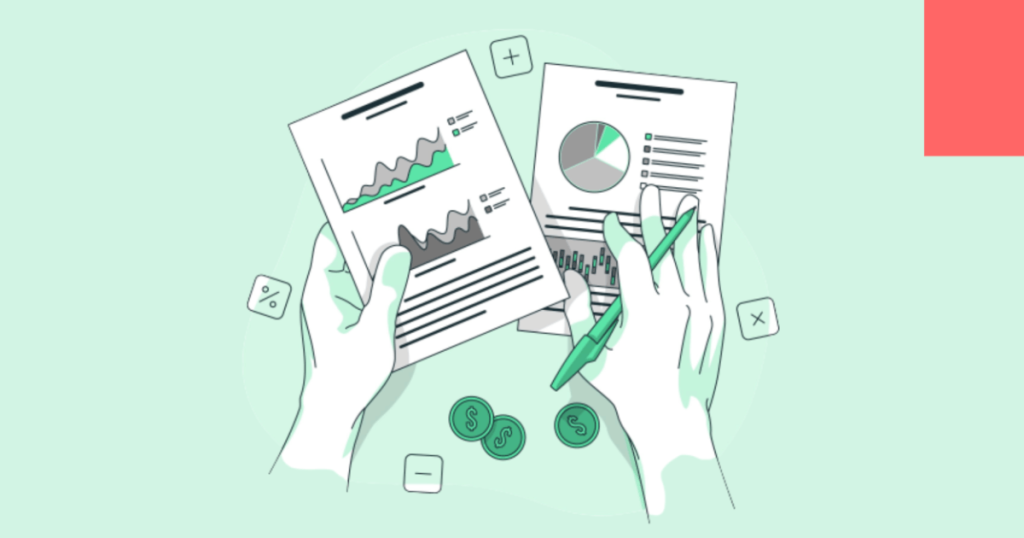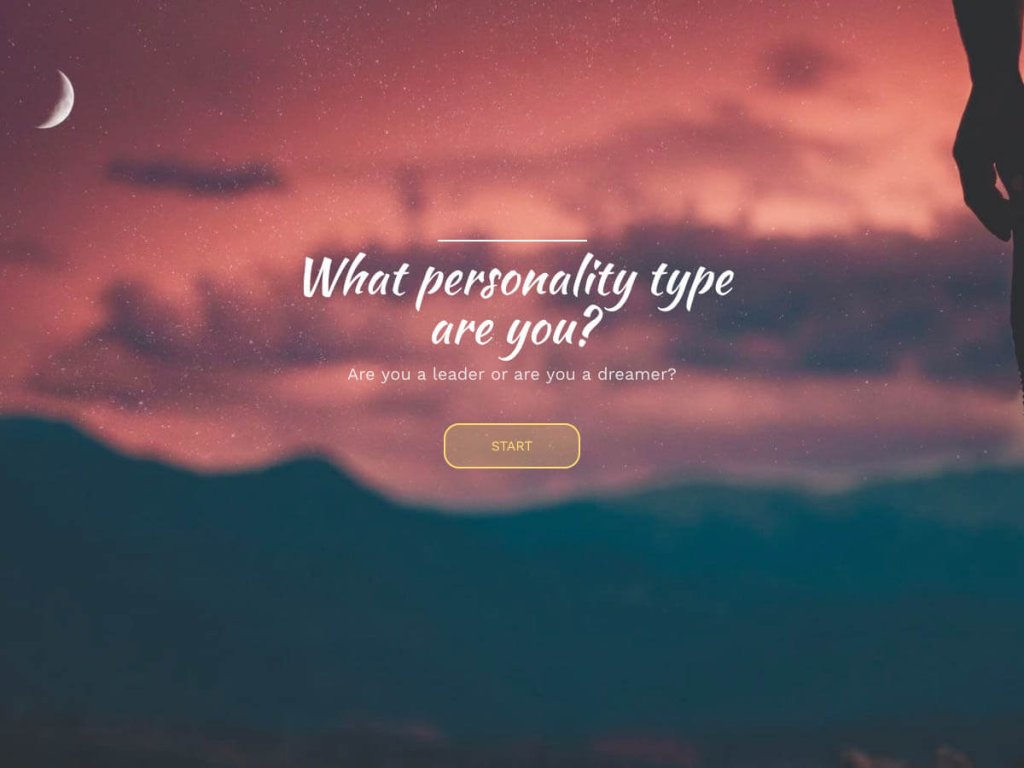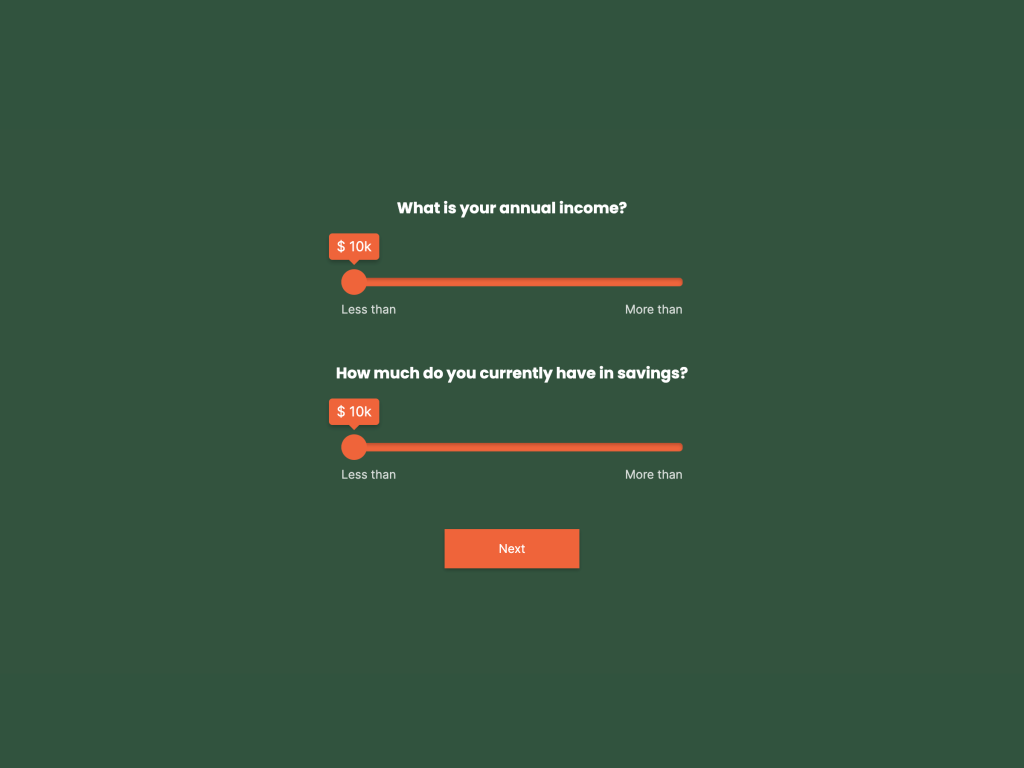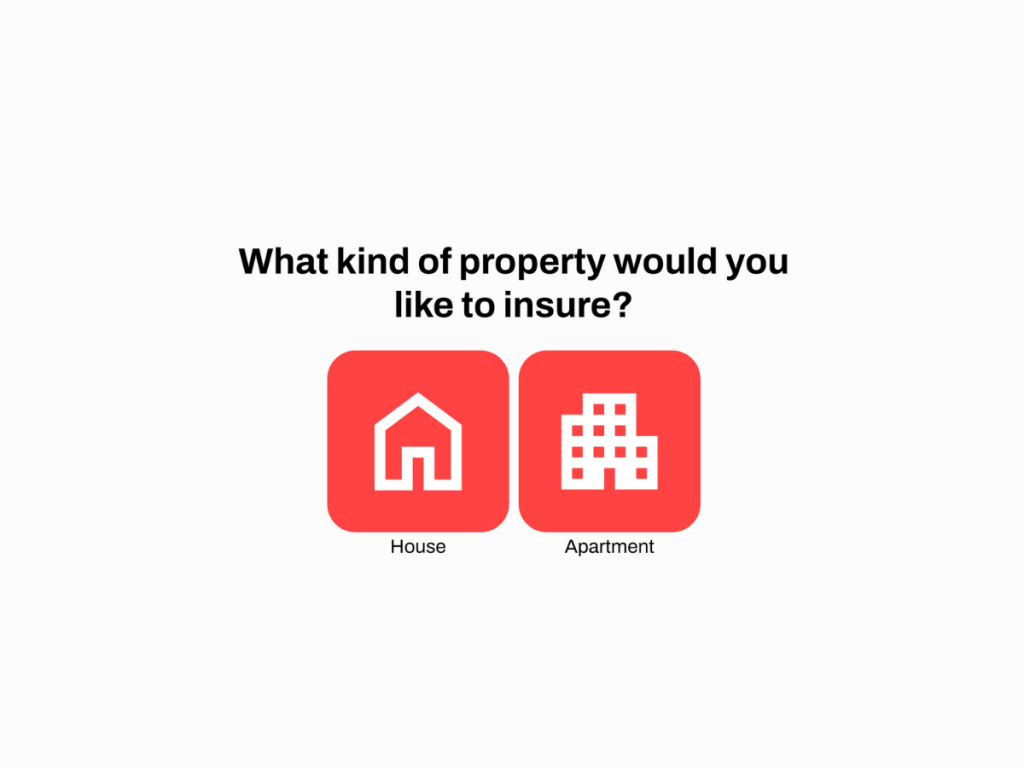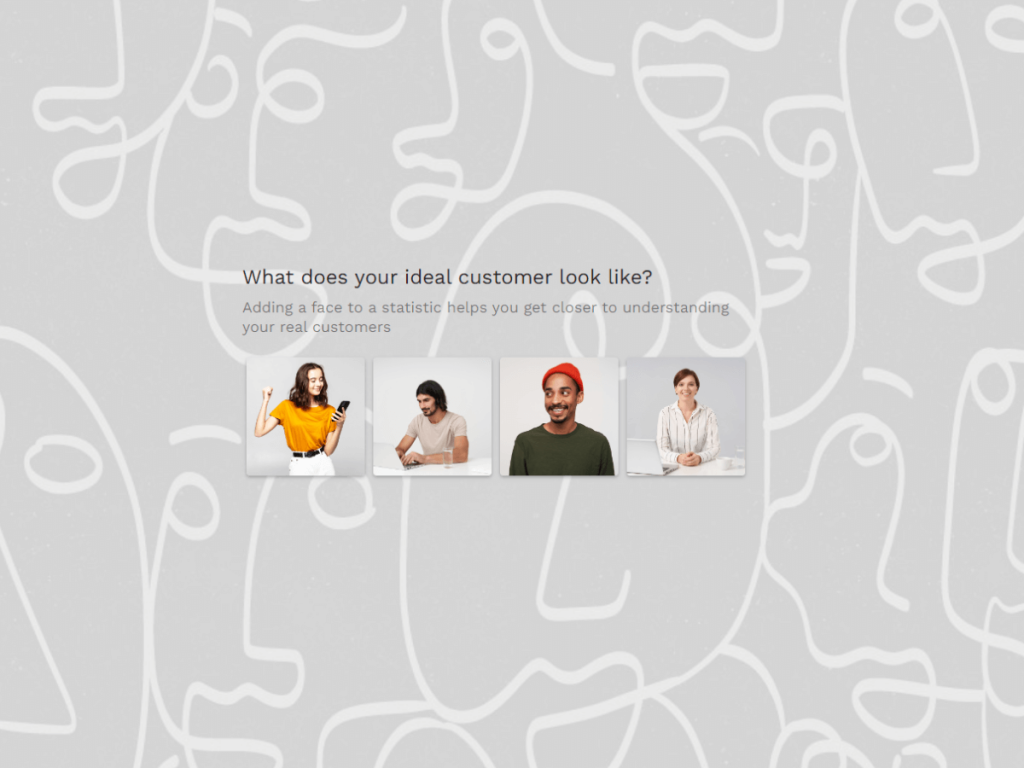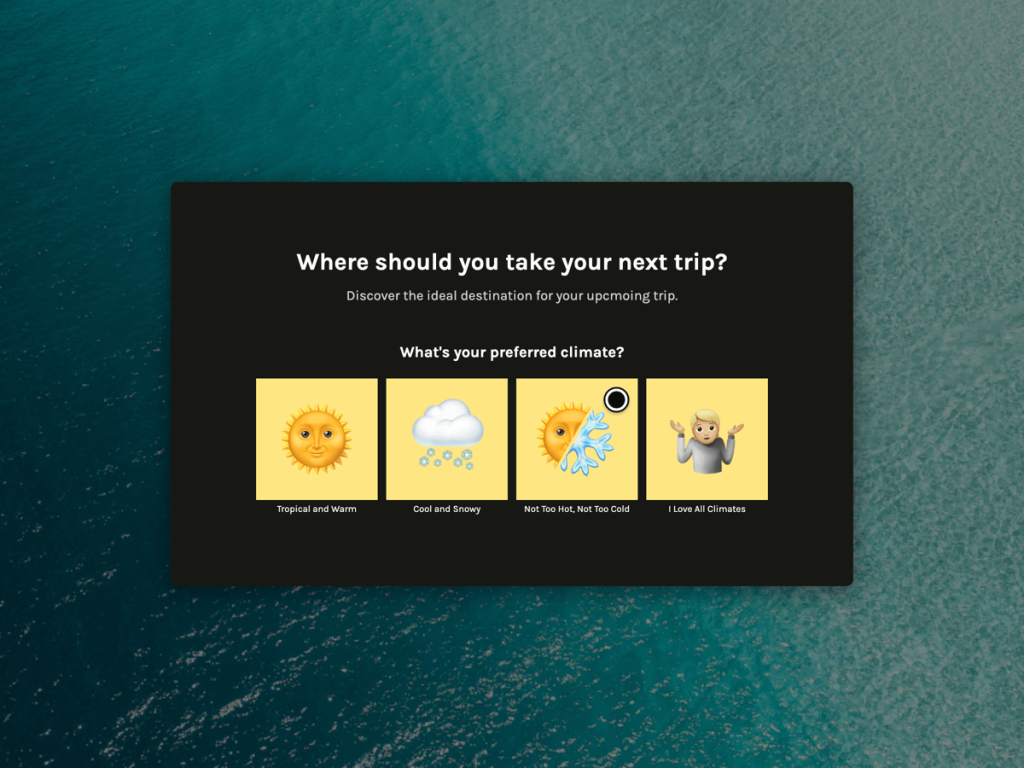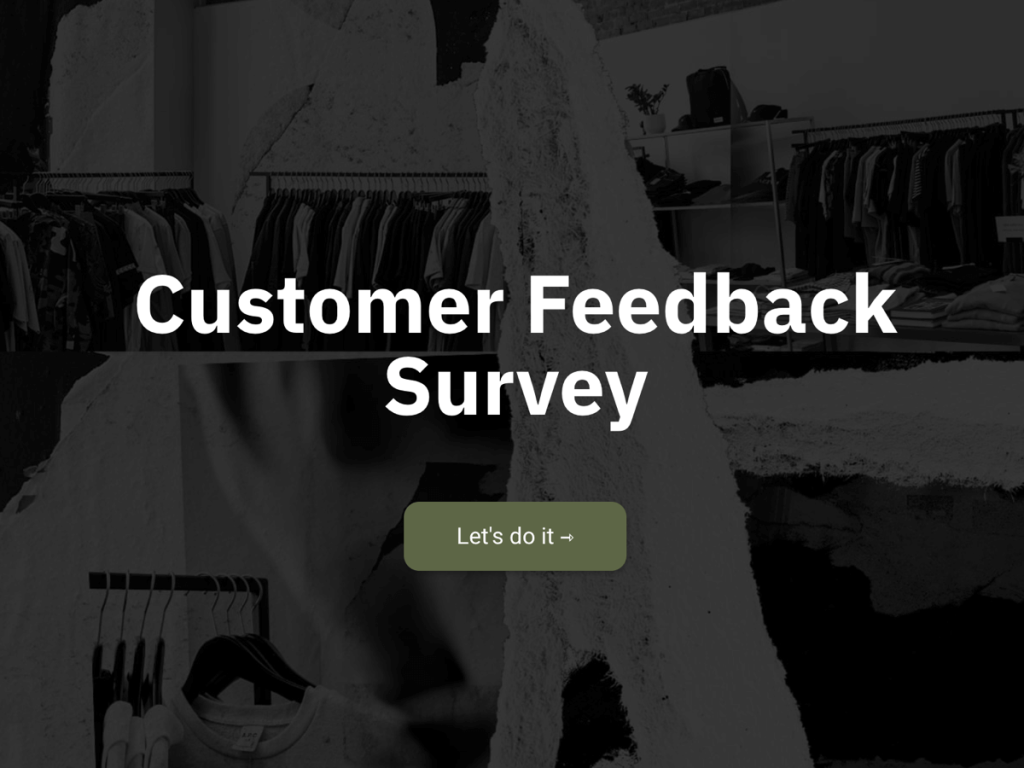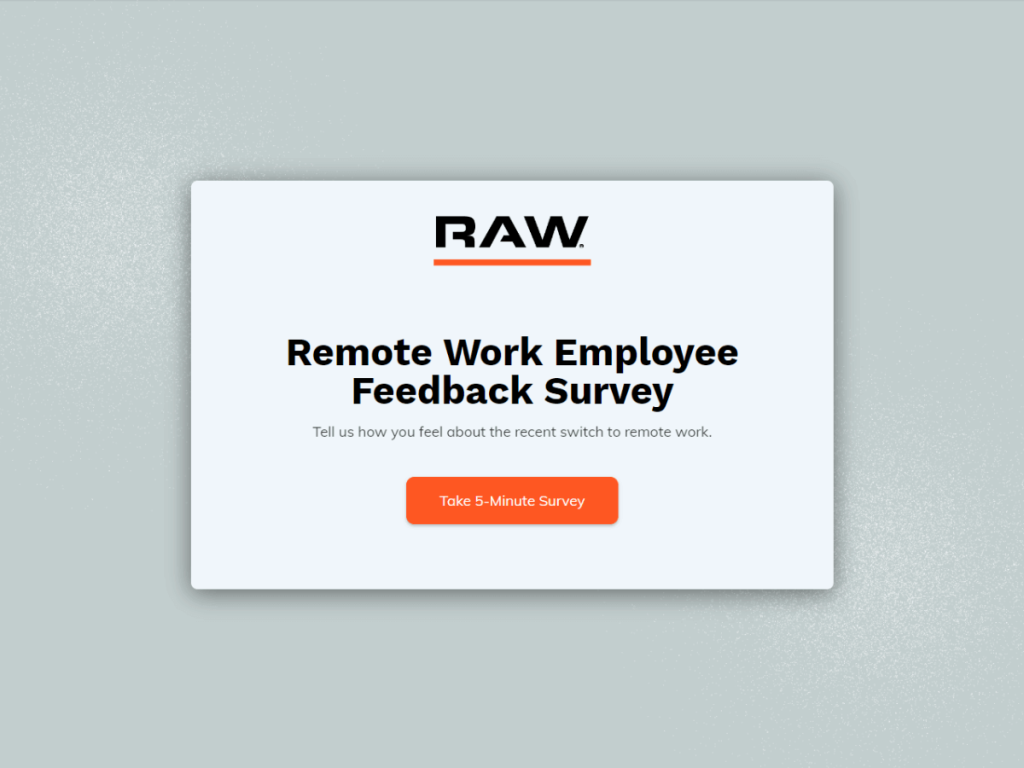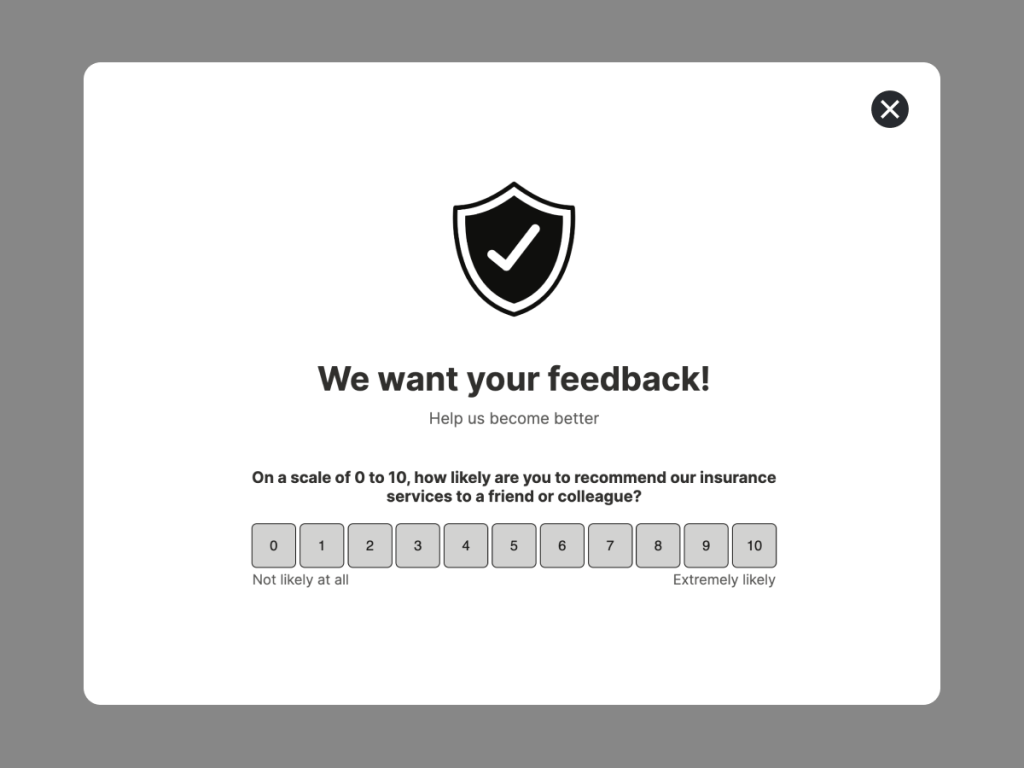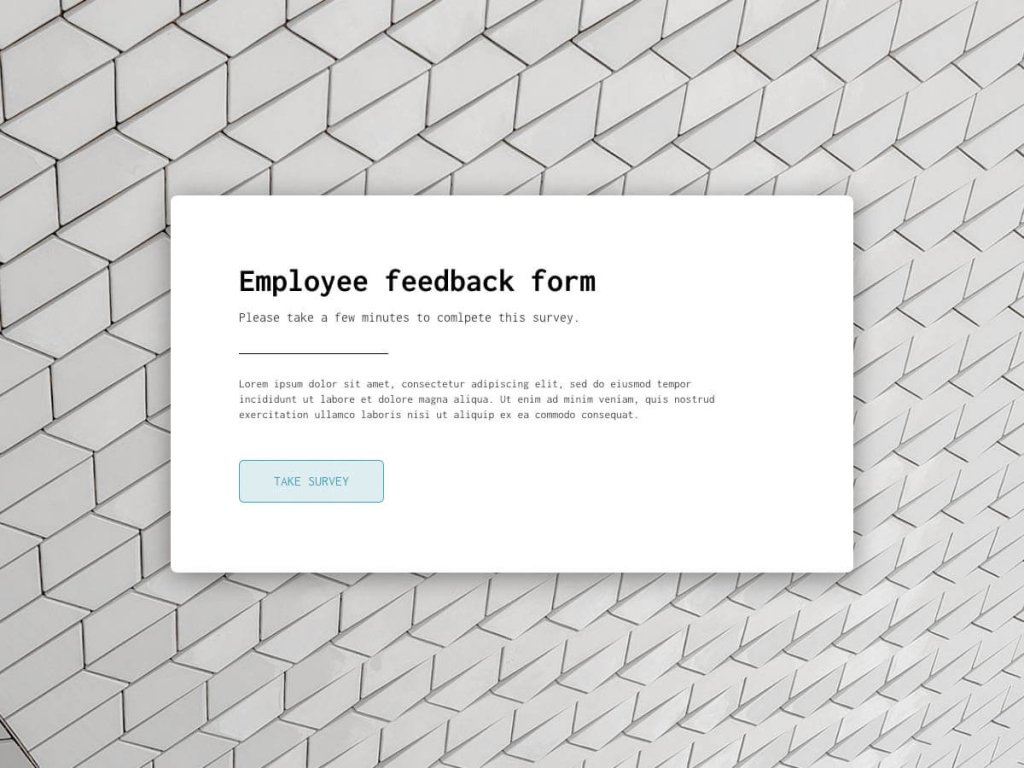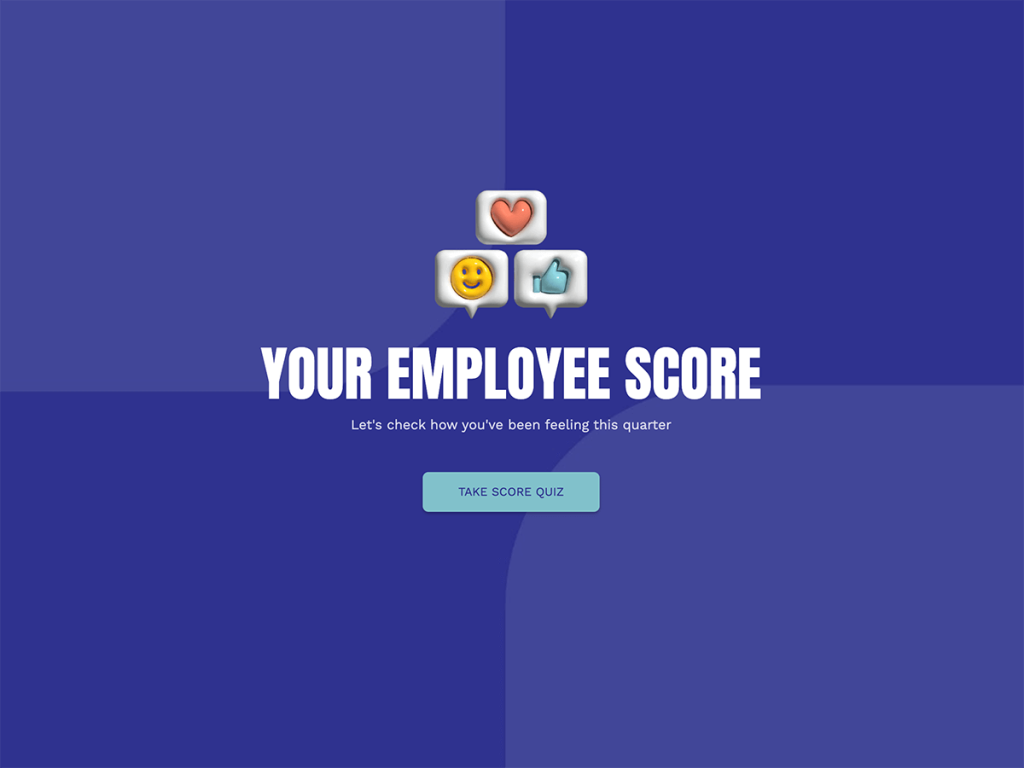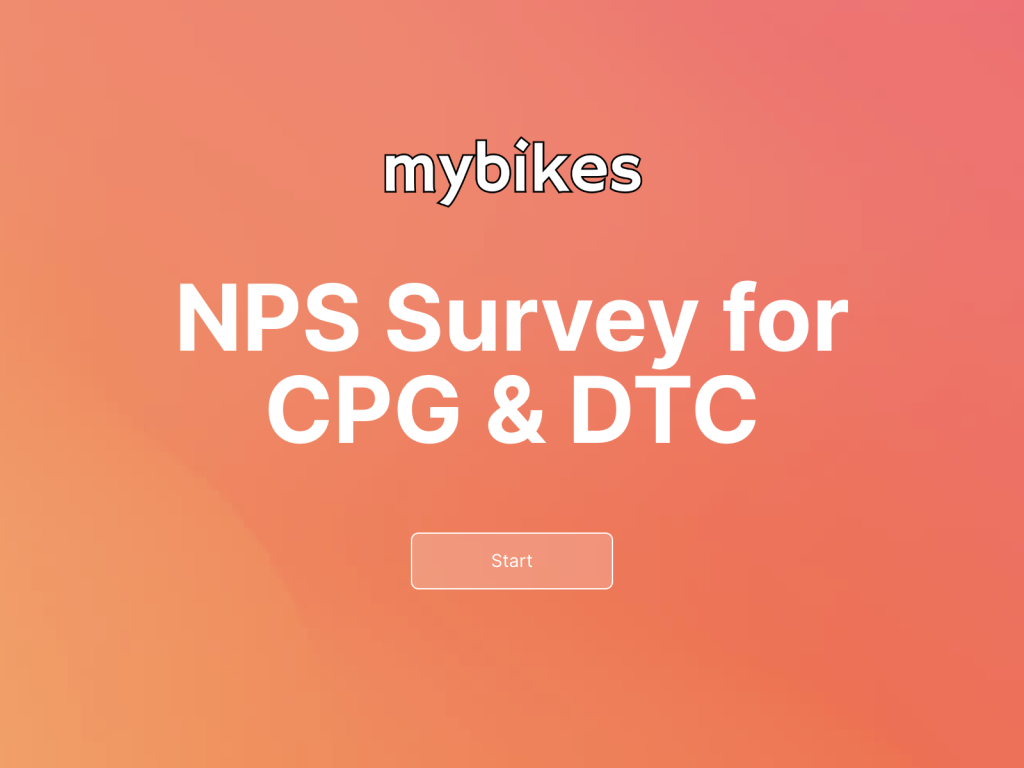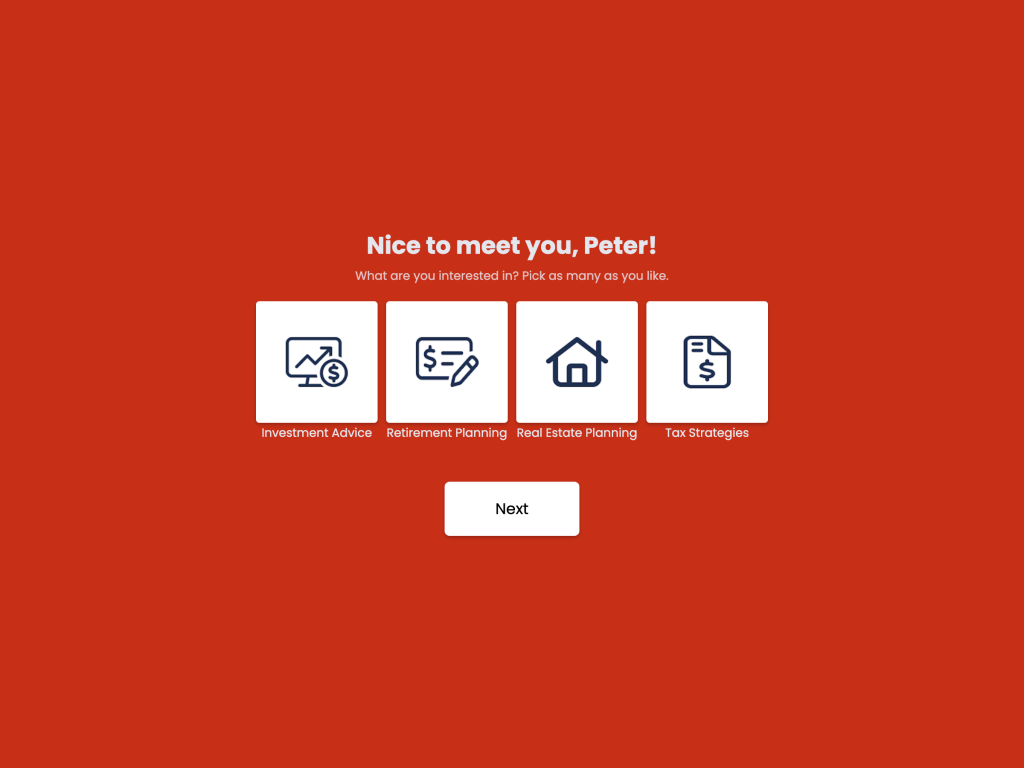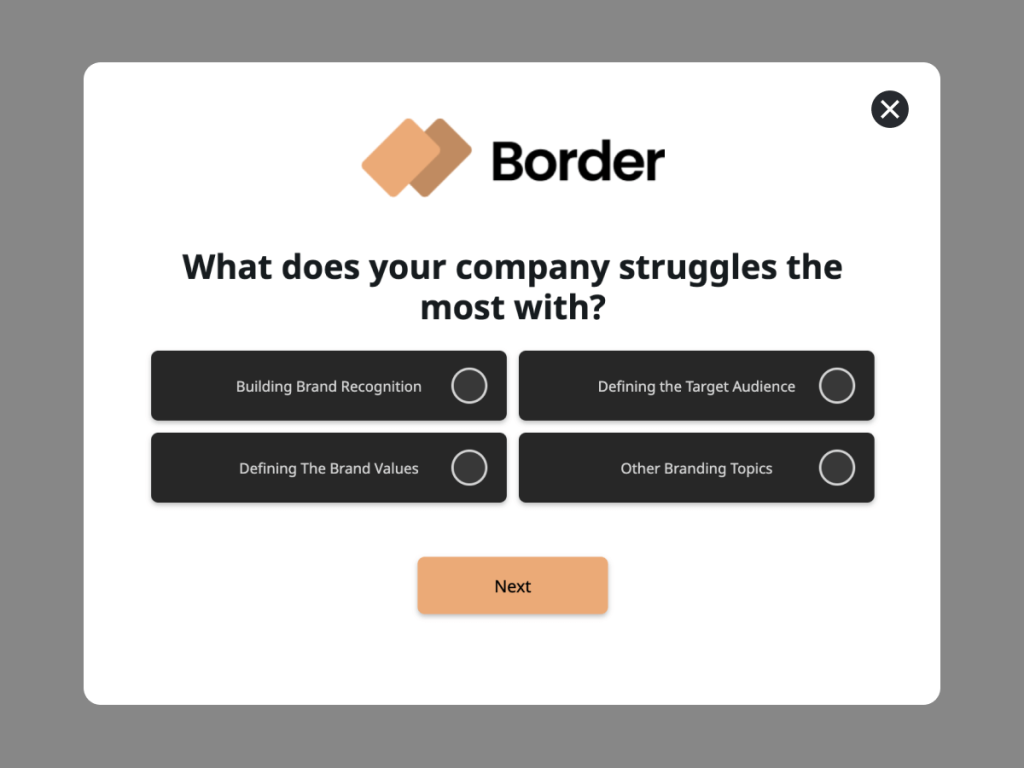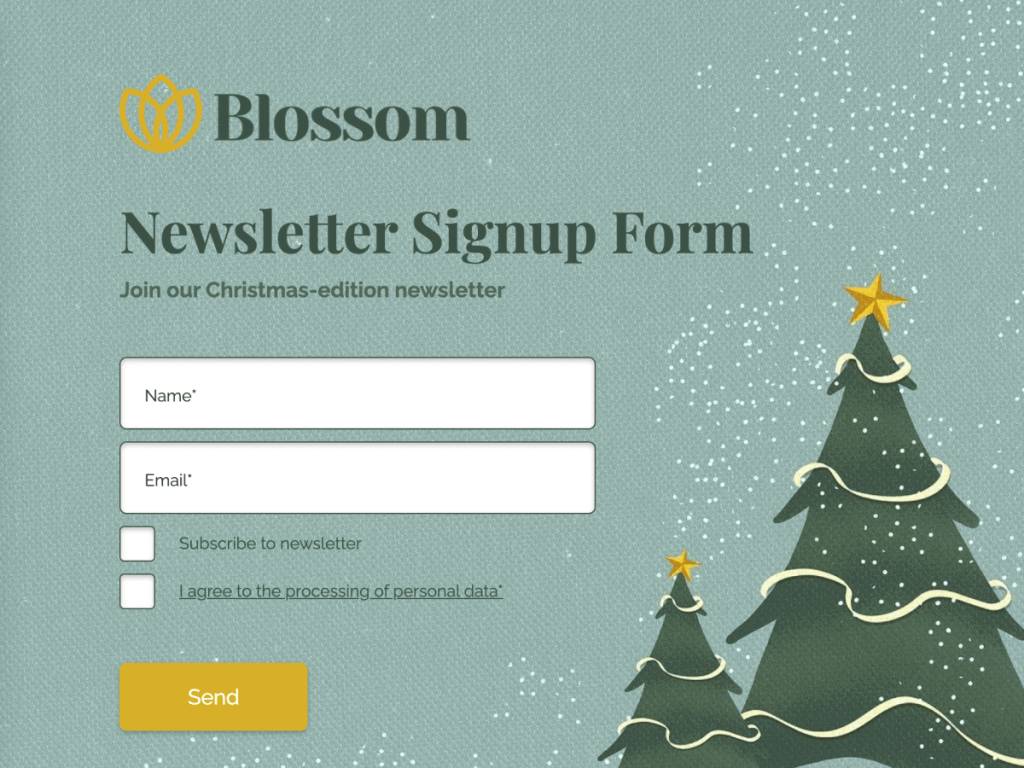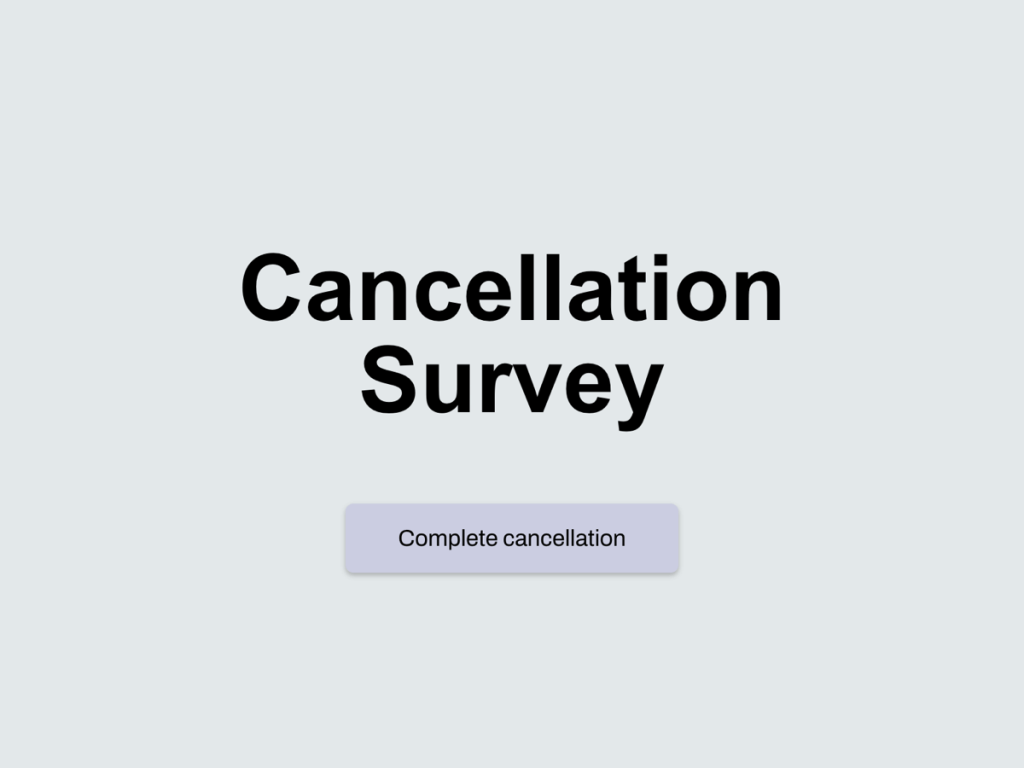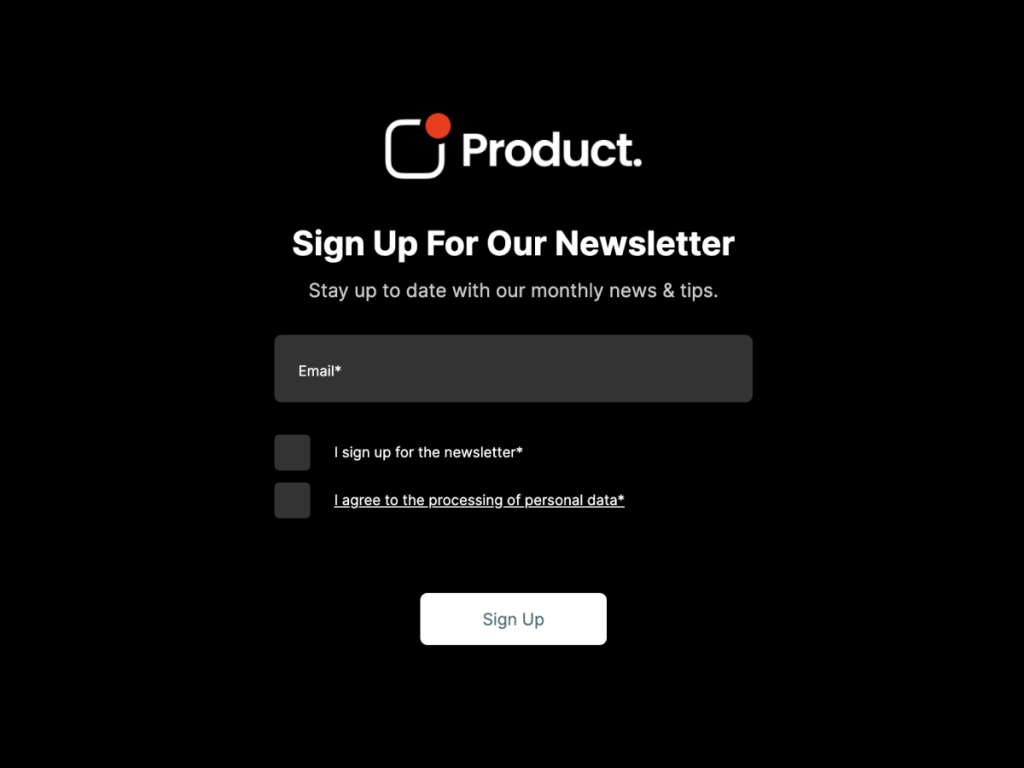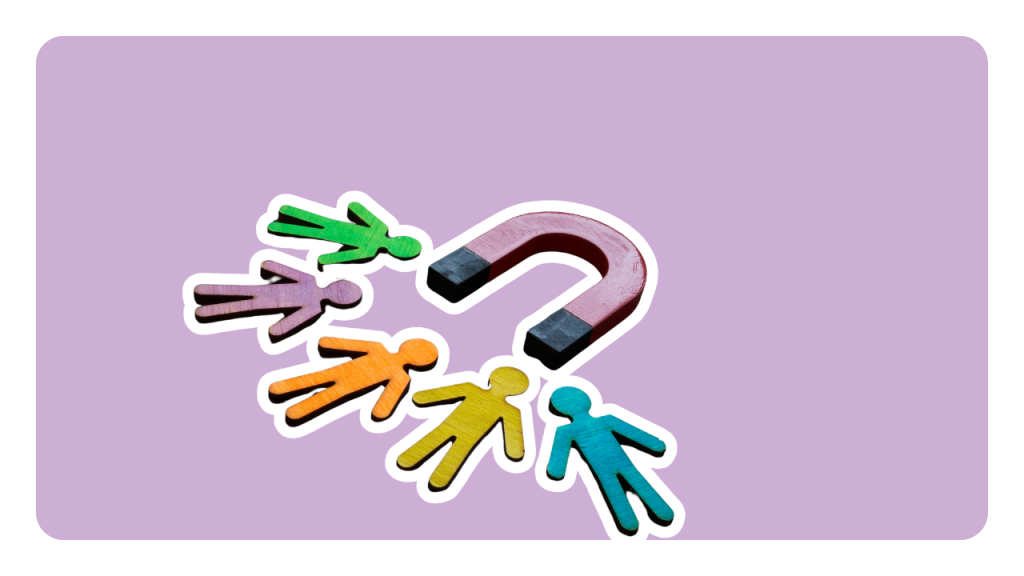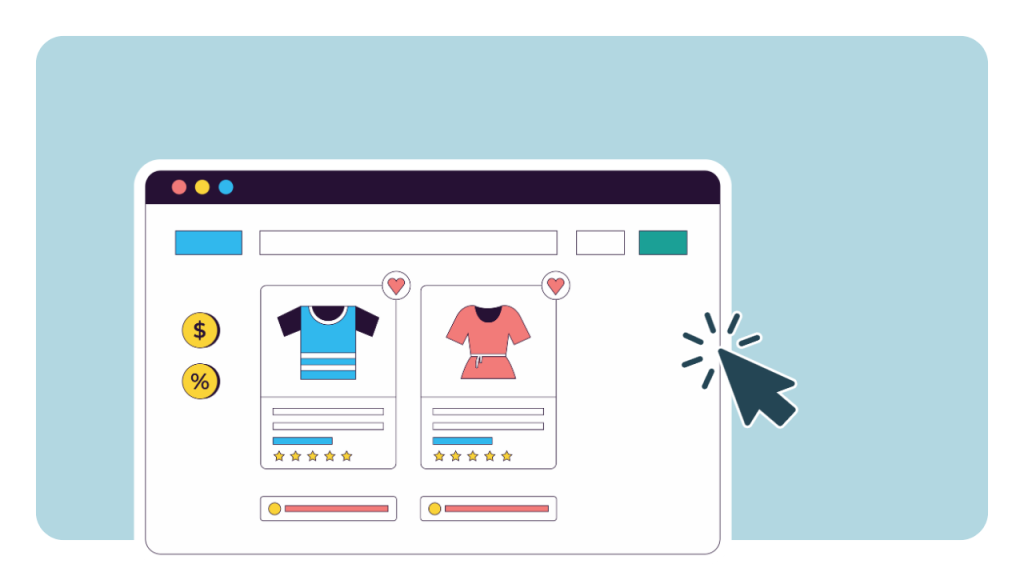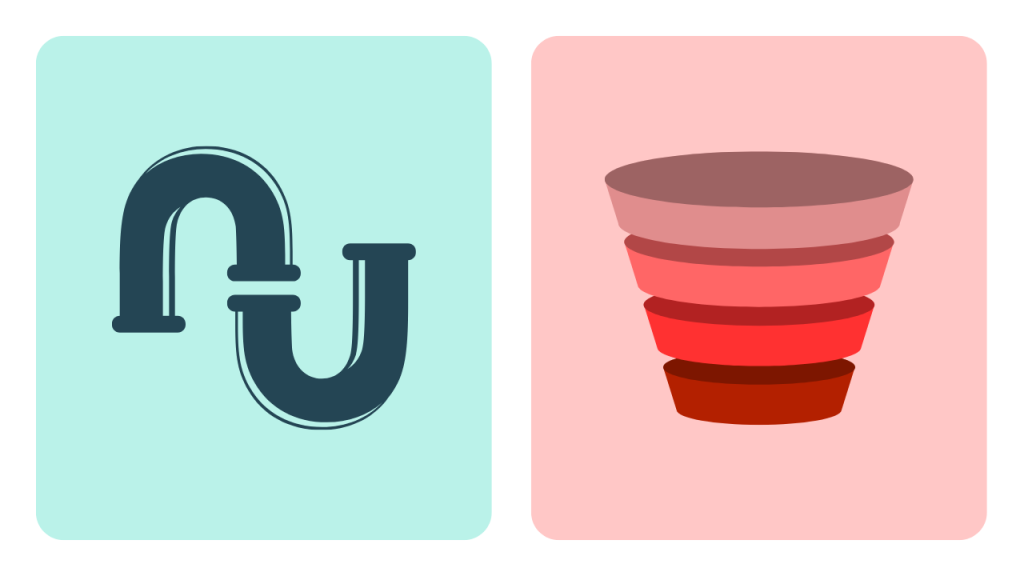Online sellers have always needed data. Data, after all, helps us to learn more about our customers so that we can offer them a better experience that’s personalized towards their needs and wants.
The upshot of this is that we’re able to build a stronger relationship with them and nail more sales.
The way we collect data online is, however, changing—and zero-party data marketing is the new black. It’s phasing out first, second and even third-party data, and it’s super important that you learn exactly what zero-party data is, as well as how to collect it.
In this article, we’ll be covering all those topics and more. We’ll look at how creating polls and making quizzes is now essential, and we’ll also recap what first, second and third-party data is, too.
Let's start.
Why Do You Need to Upgrade to Zero-Party Data Marketing?
The world has changed a lot in the last few years, and the way customers shop online is hugely reflective of changes in society at large.
Customers care about their privacy way more than ever before with 84% of customers saying they want more control over how their data is used. If possible, they’d rather hand over their data consensually—and they’d also much prefer it if they got to retain ownership of it.
In a nutshell, zero-party data is when you directly ask your customers questions about their preferences, be it on your website, on social media, and even via email. Then, you store the data they provide.
Instead of using cookies on your website, and instead of you purchasing customer data without anyone really knowing what’s going on, you enter into a mutually consensual relationship with the end user, whereby you let them know what’s going on here: You’re asking them questions to learn more about them so that you can improve the online shopping experience.
And the best way to display and identify the type of data that is being collected through your store is by creating a comprehensive privacy policy. A quick way of doing this via a privacy policy generator.
Why does any of this matter?
Because your customers are more tuned-in than ever before to the fact that they don’t have to hand over their data if they don’t want to.
Moreover, strict governing regulations now mean that it’s actually harder than ever to collect customer data. And if you employ means other than zero-data party marketing, you’re pretty much walking a tightrope. One misstep could land you in legal hot water.
Zero-party data is different. It’s an open relationship between you and the end user built on transparency, openness and honesty, and, while it puts the customer in control, it still allows you to build a hyper-personalized customer experience that boosts conversions.
A Full Data Policy Definition and Comparison
Zero Party Data Vs First Party Data Vs Second Party Data
First-Party Data Explained
We’ve seen how important zero-party data is. But let’s backtrack a bit by taking a look at first-party data.
First-party data is actually similar to zero-party data in that you get it directly from your customers.
However, it’s different from zero-party data in that you’re not always explicitly approaching a customer and asking them for feedback.
Instead, you get the data from your website analytics, social media analytics, CRM, subscription data—and so on.
In other words, it comes from the systems that are owned by you.
And while you’re not always explicitly approaching a customer and asking them for feedback, you can do that.
One of the best things about first-party data is that, like zero-party data, it’s totally free. You don’t have to rely on third-party companies to secure your data for you, but you can instead collect and manage it yourself.
Not just that, but first-party data is accurate. You know it’s accurate because you sourced it, and you know where you sourced it from—your customers. Moreover, because you’ve sourced the data from your customers, you can also be sure that the data is relevant to your online store.
Second-Party Data Explained
Second-party data is data that you’ve gathered from someone else. It’s often websites similar to yours, or businesses you’ve partnered with, or at least formed a relationship with. They’ve agreed to send you their data and—generally—they get something back in return from you, which is usually your data or payment.
The data can come from a wide variety of sources, including onsite behavior, social media and even mobile apps.
Sometimes it may even come from a customer survey, a quiz or a poll.
Second-party data is useful as long as the data is relevant and has come from a trusted source. For instance, securing second-party data from an online store similar to yours is always helpful because the audience will be your audience.
It’s also useful in the sense that you can pick and choose which data you want to buy, and avoid data that won’t be helpful.
More than that, because you’re buying data from a relevant website, you’re essentially gaining insights into a wider audience. This allows you to optimize your marketing campaigns so as to reach new customers.
Third-Party Data Explained
Third-party data is data that you purchase from a third-party company that’s in the business of solely collecting and selling data.
In other words, data aggregators who have lots of data to sell.
These data aggregators source huge chunks of data from websites and platforms all over the world and sell it on to online stores just like yours.
There are pros and cons to using third-party data. The biggest pro is that there’s a lot of it out there and anyone can buy it. Need some data? You can just go out there and purchase it for a price.
You can also sift through the data and purchase specific categories, such as audience insights or industry.
On the flip side, third-party data is sold to anyone and everyone, which means you’re essentially buying the same data as everyone else. Worse still, not all of it may be relevant to your brand.
However, when combined with first-party data, third-party data can help you create some explosive marketing campaigns so that you attract more customers, and retain your existing ones.
It can, however, be a tad expensive to purchase, which is why it’s always important to explore funding possibilities such as a startup loan.
Zero Party Data Explained
Zero-party data is similar to first-party data in that you get the data directly from your customers.
The crucial aspect is that customers willingly give you permission to use their data. However, while you can use it to create a personalized experience and build trust with your customers, you don’t have permission to own the data. Ownership instead remains with the customer.
Examples of zero-party data include surveys, quizzes and polls. These are all instances whereby you’re asking the customer for information that you can then use to provide the basis for a better online shopping experience.
For example, you might ask them for their purchase preferences, their likes and dislikes, their age and location—and so on. It’s consent-based data that are increasingly becoming a key part of the personalization age of digital marketing.
Benefits of Zero-Party Data?
Perhaps the biggest benefit of zero-party data is that you’re deepening your relationship with your customers. Companies have come under fire in recent years for how they get hold of customer data, as well as how they use it and what they do with it next. This breaks the bond between the brand and the end user.
With zero-party data, because the customer is giving you their consent on the understanding that you’ll use the data to build a better service for them, trust builds, confidence grows, and an amazing relationship is formed.
What’s more, zero-party data is your data. Unlike third-party data, you don’t need to share it with other brands.
Not just this, but because all the data is coming directly from your customers, it’s all entirely relevant and will go a long way to deepening your understanding of your audience.
Zero-party data is also collected securely, it’s collected affordably (tools used to collect this data can be inexpensive), and it’s collected easily.
Ultimately, you can use zero-party data to build a stronger audience profile which then allows you to improve your retargeting campaigns, as well as to acquire qualified customers that are more likely to buy from you.
Ways to Collect Zero-Party Data
As we’ve seen, collecting zero-party data is always consent-based. But that doesn’t mean you’re limited with the ways you can collect it.
In fact, you’ve got lots of options, some of which are even a little bit fun.
Polls
Polls on social media are super easy to create (Twitter and Facebook have a polling feature, as does Instagram Stories).
In fact, the hardest bit will be coming up with questions that draw out insightful answers from your customers that you can then use to make your online store more personalized.
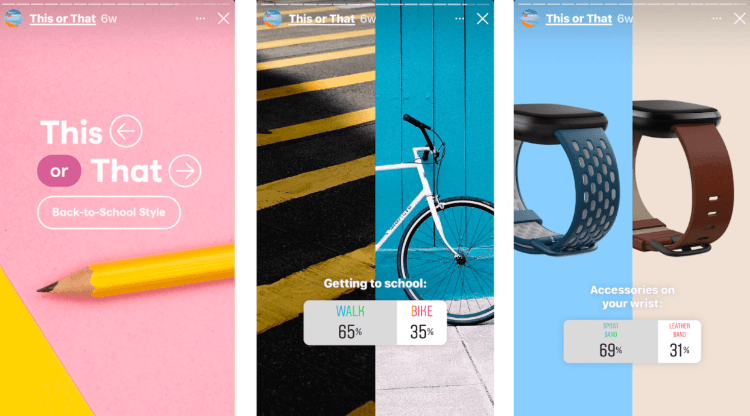
Source: Instagram
Whenever you create a poll, don’t be too serious. Try to be friendly and personable, and then listen to what your customers are saying. Put their insights into action.
Quizzes
Quizzes are another fun way of engaging your customers and drawing out key information about them.
You can create a quiz to find out more about your audience's likes and dislikes. For example, if you run a fragrance company, one of your questions could be “do you prefer taking a bath or a shower?”
Then, you can use your answers to match customers with specific products that are just right for them.
This is really important because a major barrier to conversion is a customer who simply isn’t able to find products that are right for them.
Get Started: Make Your Online Quiz
Using One Of Our 300+ Templates
A great place to put a quiz is in a pop-up. For instance, a customer could be browsing your store before a pop-up appears that asks them an engaging question related to the page they’re on.
Surveys
Customer surveys might be old-school—but as the saying goes, they’re old but gold.
A customer survey (which you can send out via email) is a really effective way of gathering together some crucial zero-party data.
Just say to your email list that you’d love to hear some feedback from them, and that their opinions really matter to you (and they also help you create a store that’s truly for them).
Get Started with Online Surveys
With One Of Our 300+ Templates
You might want to offer an incentive, too. Perhaps you could automatically enter anyone who fills out your survey into a prize draw?
Opt-in Forms
Whenever a customer opts-in to your email list, you’re gaining really crucial information about them - their email address.
But why not double-down by also collecting some useful zero-party data from them there and then?
For instance, you could ask them for a few extra details, such as their preferences, their biggest pain points and so on. This type of information is easy to get hold of in this way, and it can go a long way to helping you get a clearer idea of who your subscribers are.
Get Started with Interactive Forms
With One Of Our 300+ Responsive Form Templates
Final Thoughts
Zero-party data is the way forward. In the years to come, the way we collect, store and use data will become increasingly consensual, with the end user retaining ownership and having a huge say in how you extract information from them.
As we’ve seen, collecting zero-party data isn’t even that difficult. It just means you have to be more creative and connect more with your customers.
This is hardly a bad thing. Just use the process to engage your customers, get to know them, build relationships with them—and ultimately work alongside them to grow your store.
Author
Asher Ismail is the co-founder of Uncapped. Uncapped helps entrepreneurs raise capital without giving up control of their business. Connect with Asher on Linkedin, and if you’re looking for growth capital, check out www.weareuncapped.com.
